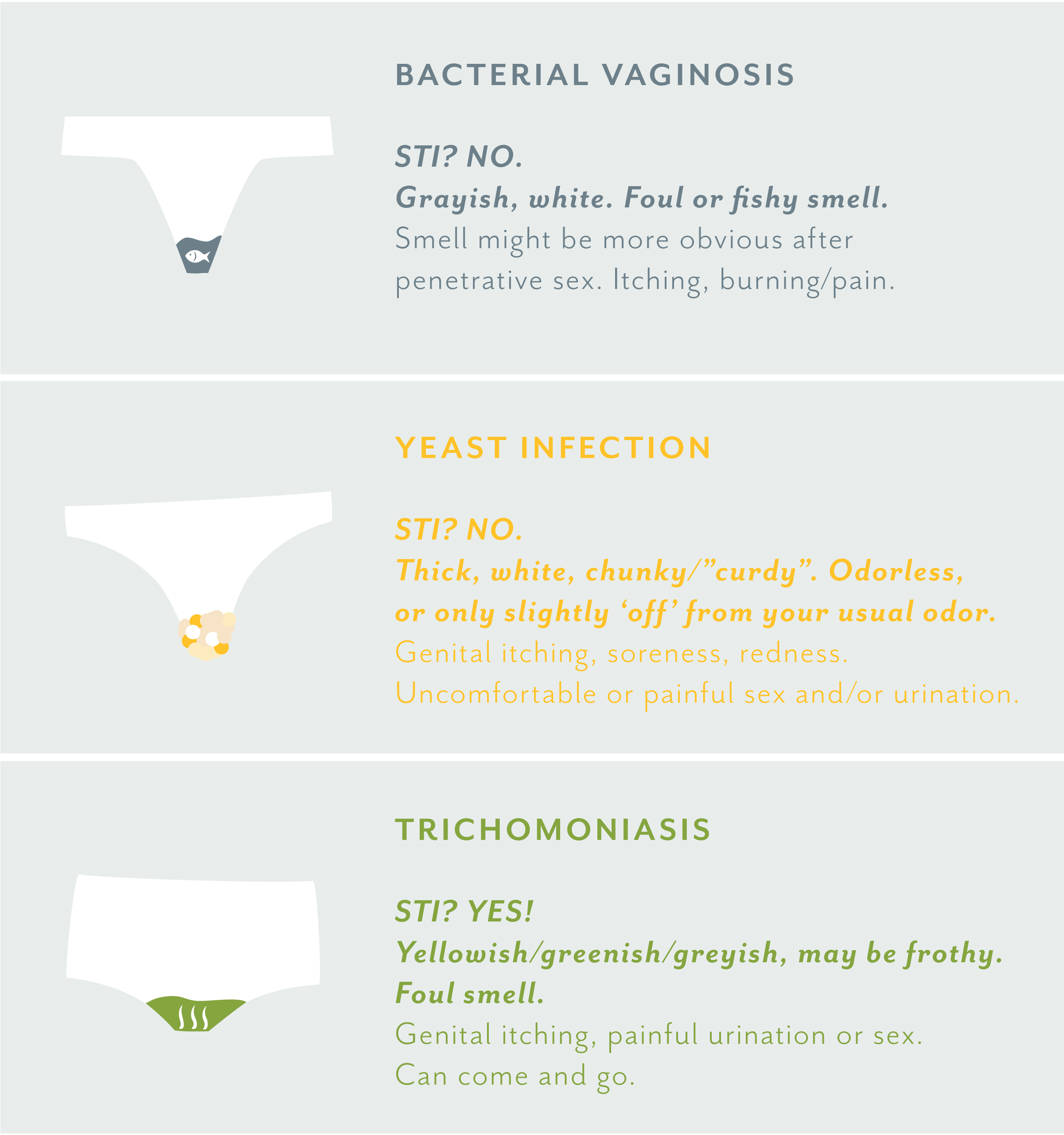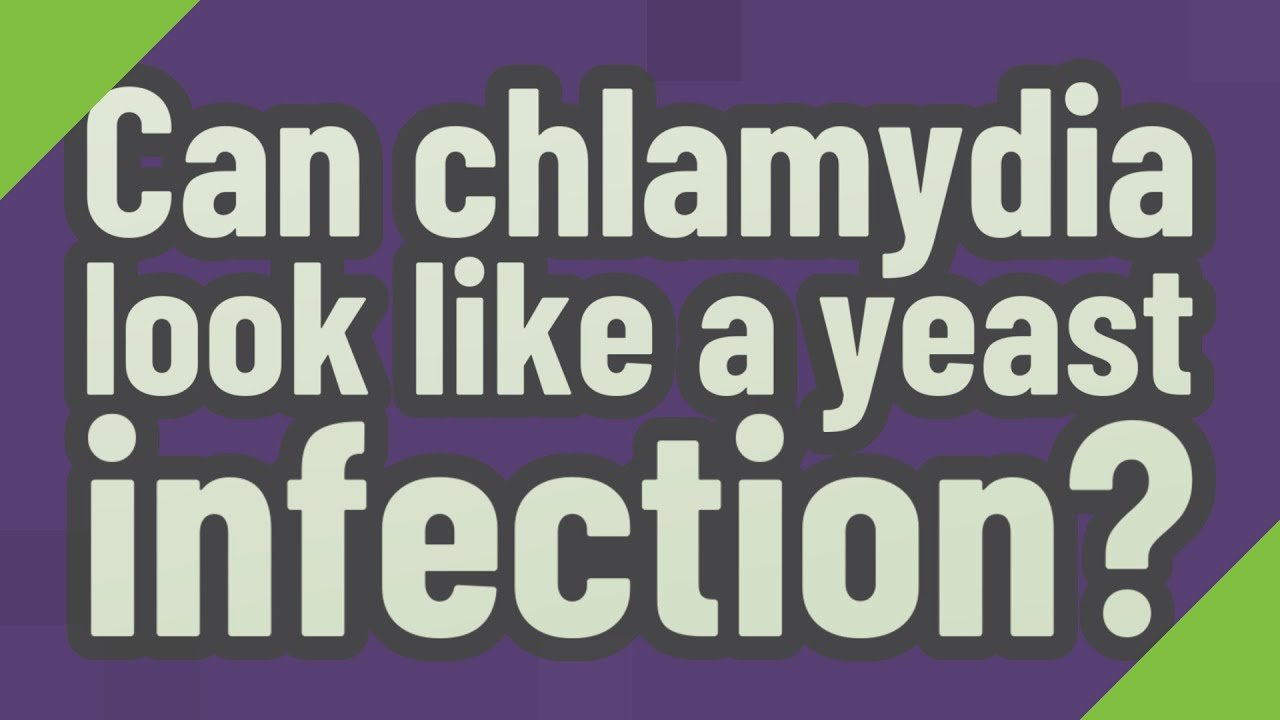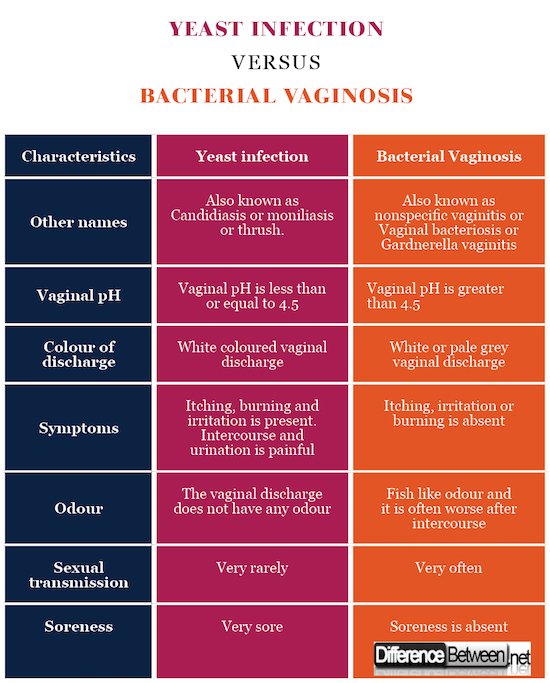When To Contact A Doctor
If you have any of the symptoms described, you should go see a doctor. In general, if you are sexually active and have any usual discharge, burning sensations, or pain while having sex you may have an STD and should get tested.
Additionally, if you are a woman, you should contact a doctor immediately if you have any of the following symptoms as they can be a sign of a serious complication of chlamydia called pelvic inflammatory disease:
- Vomiting
- Fainting or signs of shock
- Serious lower abdominal pain
- Temperature that is higher than 101 F
Should any of these symptoms arise or if you suspect you may have an STD, it is very important to get tested.
Even if you have no symptoms as do the vast majority of those with chlamydia but are sexually active, you should be getting tested regularly, so you do not unknowingly spread the disease.
You can make an appointment with your primary care physician or order STD testing online here.
How To Tell The Difference Between Yeast Infections And Stds
admin STD, STI, Women’s Health
Vaginal itching, soreness, irritation, or painful urination and sex are some of the symptoms that yeast infections and some STDs have in common. This can cause many to wonder, Do I have a yeast infection or is this an STD? How can I know the difference?
What Causes Gonorrhea And Chlamydia
Chlamydia and gonorrhea are sexually transmitted diseases that affect both women and men. They are transmitted by having oral, anal, or vaginal sex with a person who already has the disease.
Both STDs are caused by a bacterial infection that affects the mucous membranes, which are moist, soft tissues not covered by our outer layer of skin.
- Chlamydia is caused by the bacteria, chlamydia trachomatis, and can be found in the vagina, cervix, urethra, and rectum as well as the throat or eyes .
- Gonorrhea, also called the clap or the drip, is caused by the bacteria, Neisseria gonorrhoeae.
Like chlamydia, gonorrhea bacteria can grow and infect women in the cervix, uterus, or fallopian tubes and in men, in the urethra. It can also infect the anus, mouth, and throat.
The infection is spread through semen and vaginal fluids, but the transmission of the disease is not dependent on ejaculation. While the infection comes from these fluids, it can infect the eyes and throat in addition to the vagina, cervix, penis, urethra, and anus.
However, since these fluids are required to transmit the bacteria, you cannot get either STD through casual contact. For example, it is not possible to get chlamydia or gonorrhea from holding hands, hugging, sneezing, sitting on a toilet, or sharing food. It is very unlikely to get chlamydia or gonorrhea from kissing, even kissing someone with the infection in their throat.
Read: Why is Gonorrhea Called the Clap?
Recommended Reading: How Can You Contract Chlamydia
Is It Chlamydia Or Yeast Infection
Vaginal symptoms, such as abnormal discharge, itching, and redness are usually a sign of infection. There are many types of vaginal infections, such as bacterial vaginosis, vaginal yeast infection and sexually transmitted diseases.
Its not always easy to establish what kind of infection youre suffering from without going to see a doctor. Research shows that about a fifth of women who think theyve got a yeast infection is actually suffering from a different type of infection.
In this article, Ill discuss the basic differences between vaginal yeast infection and chlamydia infection. This information is not enough for you to self-diagnose, so I strongly recommend that you see your doctor whenever you notice unpleasant vaginal symptoms to start your treatment as soon as possible.
Risk Factors And Treatment:

Sexual activity, especially if with many partners, increases the risk of getting infected by C. trachomatis. This infection is most often treated with the antibiotics doxycycline or azithromycin. Children and older people who are in crowded conditions are at increased risk of catching C. pneumoniae since it is spread by respiratory secretions of sick people. Antibiotics are given to treat this condition as well.
Also Check: What Happens If Chlamydia Is Left Untreated
What Is A Chlamydia Infection
Chlamydia Infection is a disease that transmits through sexual intercourse and has the primary causing source of bacterium Chlamydia trachomatous with the symptoms of discharge from the penis, burning while urination, swelling of the testicles and pain the in adjoining area. Individuals who have chlamydia regularly dont have outward side effects in the early stages. That may make you think you shouldnt stress. Be that as it may, chlamydia can cause medical issues in the later stages, including keeping ladies from getting pregnant or notwithstanding imperiling their pregnancies.
On the off chance that you have unprotected sex with somebody whose STI status youre not sure of, get tried for chlamydia and different STIs. You ought to get tried each time you may have been uncovered. The treatment for chlamydia is oral anti-infection agents given either in various measurements or only one dosage. Holding up too long to treat it can cause certain confusions. Chlamydia spreads through vaginal, butt-centric, and oral sex. The disease gets conveyed in semen , pre-cum, and vaginal liquids.
Key Differences Between Chlamydia Infection And Yeast Infection
Don’t Miss: How Long Do You Have Chlamydia
When To See Your Doctor
If you are experiencing symptoms of an infection, but think that it might not be a yeast infection, use the Vaginal Health Test from MONISTAT® CARE to help determine if you need to see a doctor.
Make an appointment with your doctor if:
- It’s your first yeast infection
- You’re under 12 years of age
- You get an abnormal result from the Vaginal Health Test from MONISTAT® CARE
- You have missed a period, are pregnant or breastfeeding
- You have or suspect you may have diabetes
- You’re taking the prescription drug Warfarin
- You have a weakened immune system
- You have recurring yeast infections
- You may have been exposed to HIV
- You develop other symptoms such as rash, fever, chills, nausea, vomiting, lower abdominal, back or shoulder pain
- You have foul-smelling or greenish-grayish vaginal discharge
- You’re using MONISTAT® and there is no improvement in symptoms within 3 days
- You’re using MONISTAT® and symptoms last more than 7 days
If you are unsure of what to ask or uncomfortable speaking with your doctor regarding yeast infection concerns, download our
What Is A Vaginal Yeast Infection
A vaginal yeast infection is caused by a type of yeast called Candida. Candida cells can start multiplying out of control when there are not enough friendly bacteria in your vagina.
Friendly bacteria produce lactic acid which helps maintain a vaginal pH that makes it difficult for Candida to thrive. Once the pH is disturbed, yeast and harmful bacteria have perfect conditions to multiply and feed causing unpleasant symptoms, such as:
- Discomfort and pain during intercourse
- A burning sensation while urinating
- Your vaginal discharge may be transparent and watery or thick and white, like cottage cheese with a yeasty smell
- In severe cases, you may notice cracks on the skin around your vulva
Read Also: How Long Does Chlamydia Take To Clear Up
How Do The Symptoms Compare
Both men and women can get chlamydia or gonorrhea and never develop any symptoms.
With chlamydia, symptoms may not appear for a few weeks after youve contracted the infection. And with gonorrhea, women may never experience any symptoms at all or may only show mild symptoms, while men are more likely to have symptoms that are more severe.
A couple of the most telltale symptoms of these STIs overlap between the two , such as:
- burning when you pee
- abnormal, discolored discharge from the penis or vagina
- abnormal discharge from the rectum
- pain in the rectum
- bleeding from the rectum
With both gonorrhea and chlamydia, men may also experience abnormal swelling in their testicles and scrotum, and pain when they ejaculate.
You may also develop symptoms that affect your throat if you engage in oral sex with someone who has one of these conditions. This can cause mouth and throat symptoms, including sore throat and a cough.
When To Go To The Doctor
Because yeast infections and BV have such similar symptoms, it can be hard to tell which you are experiencing, and self-diagnosing is often inaccurate, Dr. Urrutia says.
Dr. Urrutia recommends watching your symptoms for a few days before taking any action. This ensures that you arent just experiencing a normal part of your menstrual cycle.
If you believe you may have a yeast infection, Dr. Urrutia says its OK to try an over-the-counter antifungal medication before making an appointment with your doctoras long as the medication is longer than a one-day treatment.
Do not use the one-day treatments because they are not as effective as the longer-course treatments, she says. You should at least be using the three-day treatment.
It can take up to a week and a half for yeast infection symptoms to go away, but you should see some improvement within a week, Dr. Urrutia says. If your symptoms dont improve, its time to go to the doctor.
Unlike yeast infections, you cannot take OTC medication for BV. If you think you might be experiencing BV, talk to your doctor, who can prescribe the appropriate medication.
Recommended Reading: How Long Does It Take To Clear Up Chlamydia
Otc Treatments Vs Seeing A Doctor
If you have had yeast infections before and you are certain that is what youre experiencing, then you should be fine buying OTC medications for it. If time passes and the medications obviously arent doing anything, youll want to see a doctor as soon as possible.
If youve never had yeast infections or just arent sure, visiting a doctor is the best option. Better safe than sorry by making assumptions when lab tests can easily provide a diagnosis and a doctor can treat you while also answering all of your questions.
Do you need a doctor you can trust to give you a medical diagnosis and provide treatment? We have an incredible team that youll feel comfortable with and that can assist you! Reach out to us today if youd like to schedule an appointment.
When To See Your Obgyn

Ultimately, you cant know for sure if you have a yeast infection or an STD unless you get tested by a doctor. Youll want to set up an appointment as soon as possible if you have any of the following symptoms:
- Vaginal or vulvar itching, soreness, and irritation
- A burning feeling during sex or urination
- Think, white discharge
- Any discharge that has an unusual odor or color
- Redness and swelling around your vulva or genital area
- Unusual skin conditions on your vulva such as blisters, cracking, or scaly white patches
- Bleeding after sex or between menstrual periods
- Lower abdominal pain
- Bleeding during or after a bowel movement
- Anal leakage
All of these symptoms can be indicators of a yeast infection, STDs, or other medical conditions that need to be addressed by a medical professional.
Also Check: How Long Does Chlamydia Take To Show Up
Bottom Line: If Youre Not Sure If Its Yeast Infection Or Std See A Doctor
Both Dr. Abdur-Rahman and Dr. Hutcherson say that if youve been diagnosed with yeast infections before and your symptoms are presenting in the exact same way, its generally okay to get over-the-counter antifungal meds if you can. But if youve never had a yeast infection and are experiencing strange symptoms, or youve had them before but things are different this time around, get in touch with a medical professional.
And, no matter what, if you do try medication on your own and things arent much better in 24 hours, try to connect with your doctor, says Dr. Hutcherson. At that point, you want to rule out other things, she explains.
Related:
Chlamydia Vs Yeast Infection
The difference between Chlamydia and Yeast infection is that Chlamydia is an infection that is caused by bacteria, and it can be transmitted sexually from one person to another. But Yeast infection is caused by yeast which is a eukaryotic single-celled organism in the genital parts of male or female, and it cannot be transmitted sexually.
Chlamydia is produced in the body by the chlamydia trachomatis, which is a bacteria. Bacteria are prokaryotic in nature because they are single-celled living organisms. It can be cured by taking antibiotics or medication provided by the doctors. But if it is not treated properly, then it might infect your other body parts too.
Yeast infection is originated or caused by Candida Albicans, a type of yeast. It is always caused in those areas of skin where there is a lot of moisture and mostly because of poor hygiene. It usually targets the private parts of males or females, and its rapid growth can cause itching, unusual discharges, and irritation in that area or region.
Read Also: How To Get Chlamydia Pills
What Is A Uti
A urinary tract infection, or UTI, refers to a bacterial infection in any part of your urinary system, including the urethra, bladder, ureters, and kidneys. Most UTIs affect the lower urinary tract, comprising the urethra and bladder. UTIs can become more severe as they reach the kidneys.
Symptoms of a urinary tract infection include:
- A frequent, persistent urge to urinate
- Burning sensation or pain when urinating
- Frequently passing small amounts of urine
- Urine appearing cloudy, red, bright pink, or cola-colored
- Urine that has a strong smell
- Pelvic pain
Treatments For Yeast Infections And Bv
Doctors usually diagnose vaginal infections by taking your history and checking a vaginal swab.
As mentioned, yeast infections can be treated with OTC antifungal medications, which come in many forms, including pills, creams and suppositories that are inserted into the vagina. Your doctor may also prescribe oral antifungal medication.
BV is treated with antibiotics that are only available with a prescription. You should see improvements in your symptoms within a day or two of starting treatment.
In either case, if your symptoms arent improving within a week of starting medication, follow up with your doctor, as he or she may need to reexamine the diagnosis or try a different treatment.
If you suspect a yeast infection that doesnt get better quickly or BV, talk to your primary care doctor or OB-GYN. If youd like to make an appointment with an OB-GYN, you can find one here.
Read Also: Can You Check Chlamydia Blood Test
Symptoms For Chlamydia Vs Yeast Infection
The symptoms of having an infection caused by Chlamydia depend on which species it is. For C. trachomatis there may be burning on urination, pain, and a discharge. For C. pneumoniae various respiratory symptoms will be present. The symptoms of having a yeast infection include itching, the presence of a rash or pustules, and a white discharge if it is in the vagina.
When It Isnt A Yeast Infection: Stds & Other Health Issues
Yeast infections can resemble other vaginal health issues. If you are treating your symptoms and arent experiencing any relief for weeks, then you likely need a doctor to prescribe stronger medication or you need to get tested or examined for other vaginal health issues. Here are some other things you could be experiencing:
Read Also: How Easy Is It To Contract Chlamydia
Main Differences Between Chlamydia And Yeast Infection
How Do You Get Chlamydia And Gonorrhea

- Engaging with multiple sexual partners in one year The more partners who engage with, the more likely you will be exposed to an infected person and contract an STD.
- Having unprotected sex Condoms can reduce the likelihood of you contracting an STD however, condoms are never 100% effective. If you are concerned you may have an STD, you should get tested regardless of whether you used a condom in your last sexual encounter.
- Younger than 24 Individuals younger than 24 tend to practice unprotected sex more often than other age groups and are less likely to be tested.
- Previous diagnosis of an STD Having already contracted an STD increases your bodys susceptibility to contracting another STD. It can be common for those who have contracted chlamydia to be at risk for contracting gonorrhea or HIV. If you contract gonorrhea, you are at a greater risk of contracting HIV.
Don’t Miss: How To Take Chlamydia Medication